Home >

Solar light of the world: Evangelicals launch global clean energy campaign
Solar panels could be coming soon to a church near you. Through a campaign called Project 20.’25, the World Evangelical Alliance (WEA) has set out to get 20 percent of its members to convert fully to clean energy by 2025.
This fall, the global network announced its partnership with Smart Roofs Solar Inc. Together they will help universities, health care facilities, and churches looking to adopt clean power, including offering guidance for local suppliers and providing financing options.
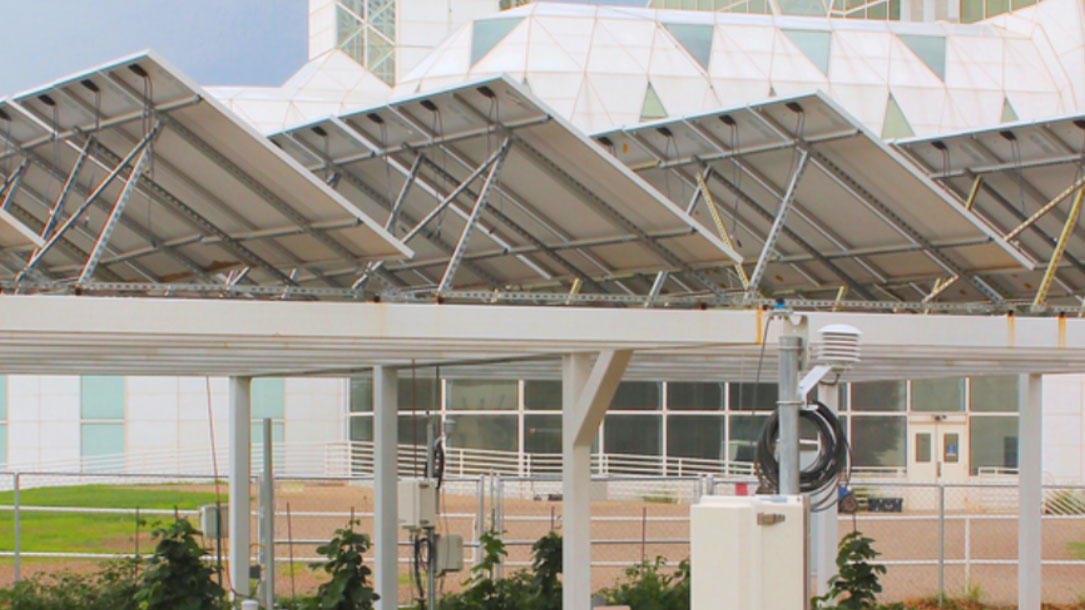
Agrivoltaics: Solar panels on farms could be a win-win
The solar panels in the fields at the University of Massachusetts Crop Research and Education Center don’t look like what most of us have come to expect. Instead of hunkering close to the earth, they’re mounted seven feet off the ground, with ample room for farmers or cows to wander underneath.
Panels are separated by two and three-foot gaps, instead of clustering tightly together. Light streams through these spaces and, underneath, rows of leafy kale and Brussels sprouts replace the typical bare earth or grass…
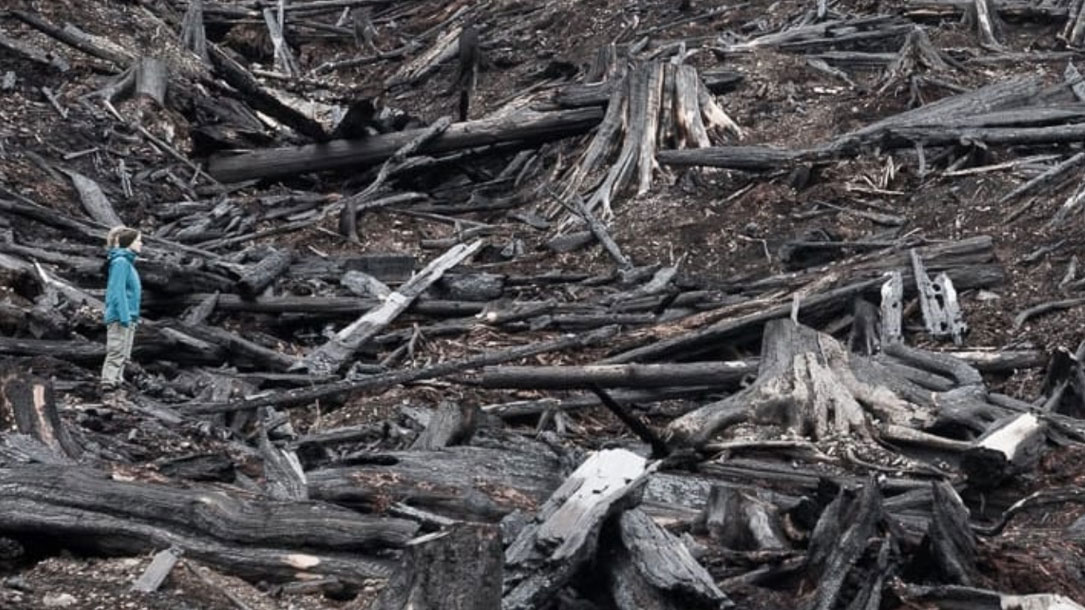
A Sierra Club BC Report On The Future Of Forests In British Columbia
“In our latest report, we’ve found that ending clearcutting of forests is as important for B.C. climate action as phasing out fossil fuels.
Areas clearcut across B.C. between 2005 and 2017 total 3.6 million hectares, a combined area larger than Vancouver Island. These areas are “sequestration dead zones”: clearcut lands that release more carbon than they absorb…”
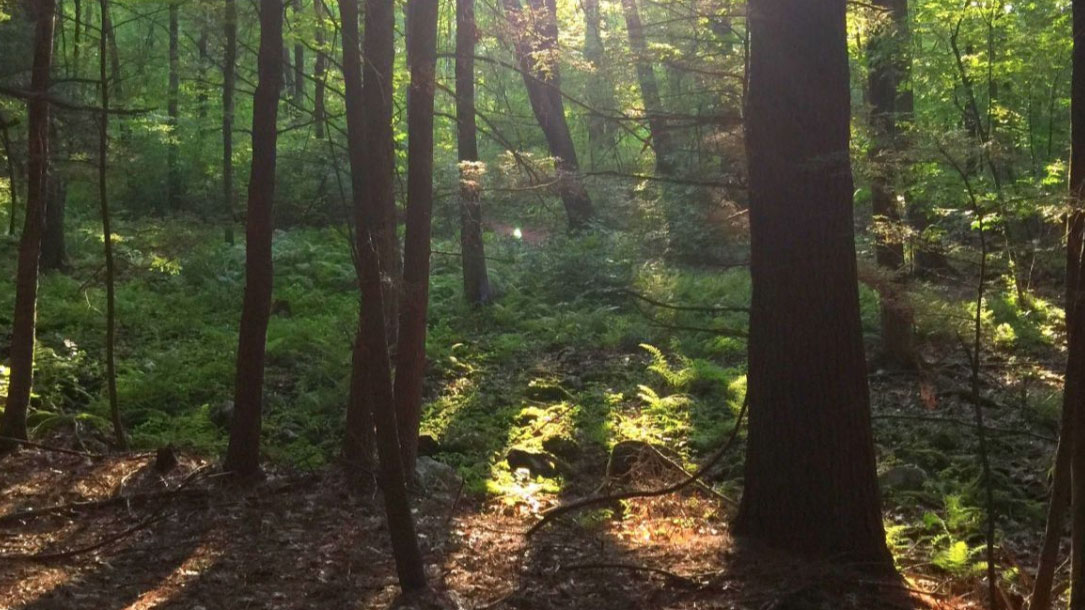
Clear-cut forests are ‘dead zones,’ emitting more greenhouse gases than fossil fuels, report finds
The clear-cutting of B.C.’s forests is contributing more to greenhouse gases than the burning of fossil fuels, according to a new report from the Sierra Club of B.C.
The report found that 3.6 million hectares of old-growth and second-growth forests were clear-cut in the province between 2005 and 2017—creating “dead zones” that, combined, are larger than Vancouver Island…

Mysterious monarch migrations may be triggered by the angle of the sun
The new study adds “an important piece to the puzzle” of butterfly migration—and potential decline, says Anurag Agrawal, an ecologist at Cornell University…
Nailing down this “window” for successful migrations could help conservationists assess how external factors—including climate change—affect monarchs on this perilous trip, says Andrew Davis, an animal migration ecologist at the University of Georgia in Athens who praises the “incredible amount of effort” put forth by researchers and volunteers…
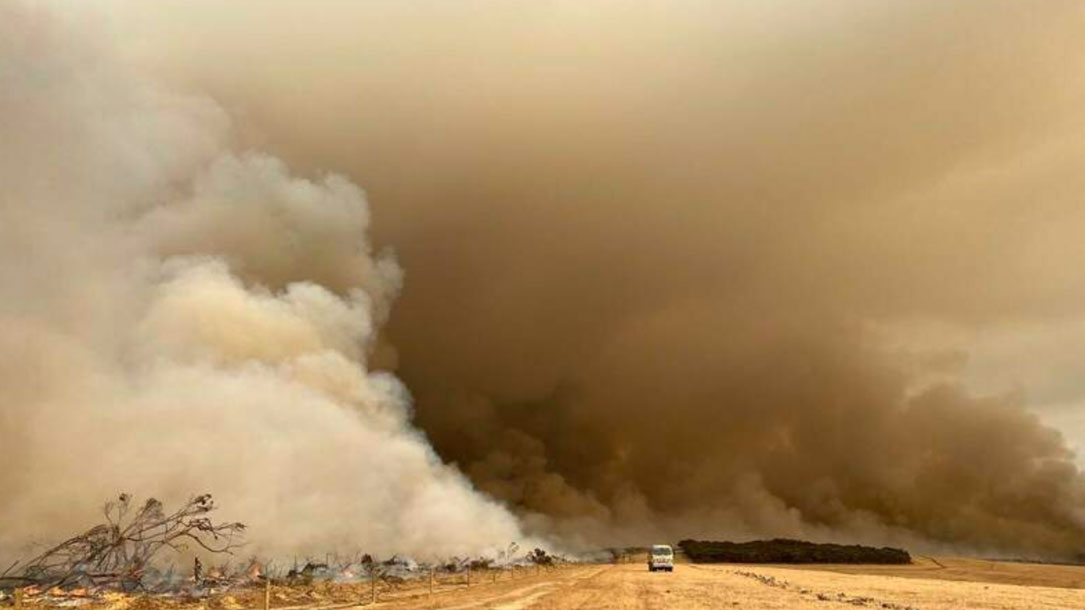
Debunked Australian Bushfire Conspiracy Theories Were Pushed by Alex Jones, Murdoch Media
“As unusually intense and widespread bushfires have ravaged a drought-ridden Australia, bots and trolls have begun pushing climate science denial across the internet in the form of conspiracy theories about the fires. Thanks to climate change, exceptionally hot, dry drought conditions have worsened and lengthened Australia’s typical fire season.
Two of the main conspiracies about the fires are based on the false ideas that they are caused by a spate of arson and they have been worsened by the Green Party’s supposed efforts to stop controlled burns as a fire management and reduction measure…”
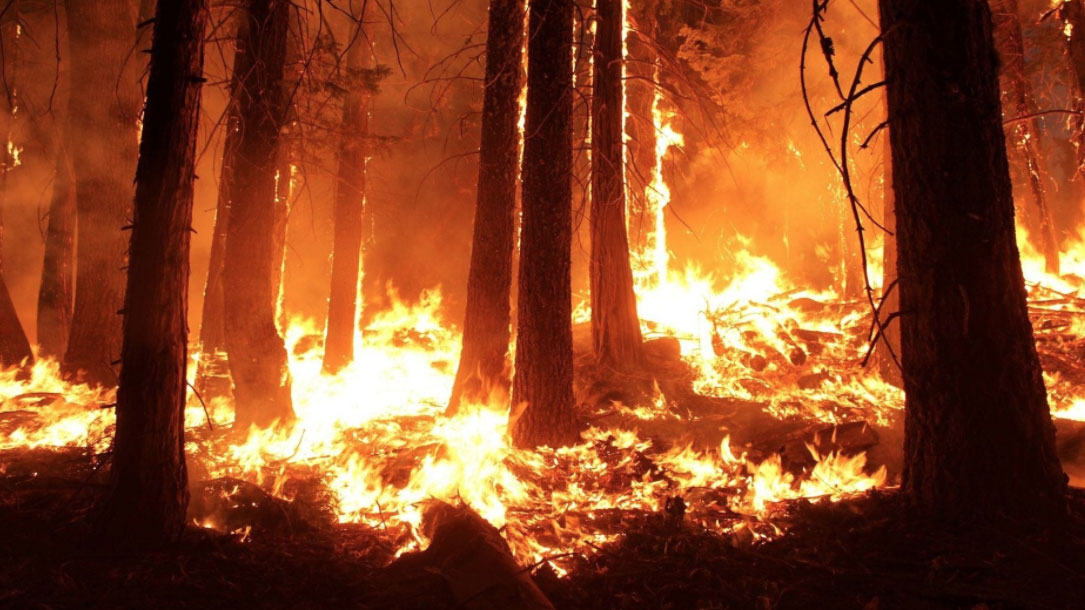
How climate change influenced Australia’s unprecedented fires
Despite widespread conspiracy theories about the bushfires, emerging science continues to find links between global warming and worsening wildfires, with the issue a focus of continuing investigation. As climate scientist Kevin Trenberth explained in a recent interview with videographer Peter Sinclair, global warming directly intensifies wildfires by drying out soil and vegetation, creating more fuel to burn farther and faster. That’s particularly a problem in drought-prone regions like Australia and California…

Grasslands More Reliable Carbon Sink Than Trees
“Forests have long served as a critical carbon sink, consuming about a quarter of the carbon dioxide pollution produced by humans worldwide. But decades of fire suppression, warming temperatures and drought have increased wildfire risks — turning California’s forests from carbon sinks to carbon sources.
A study from the University of California, Davis, found that grasslands and rangelands are more resilient carbon sinks than forests in 21st century California. As such, the study indicates they should be given opportunities in the state’s cap-and-and trade market, which is designed to reduce California’s greenhouse gas emissions to 40 percent below 1990 levels by 2030…”
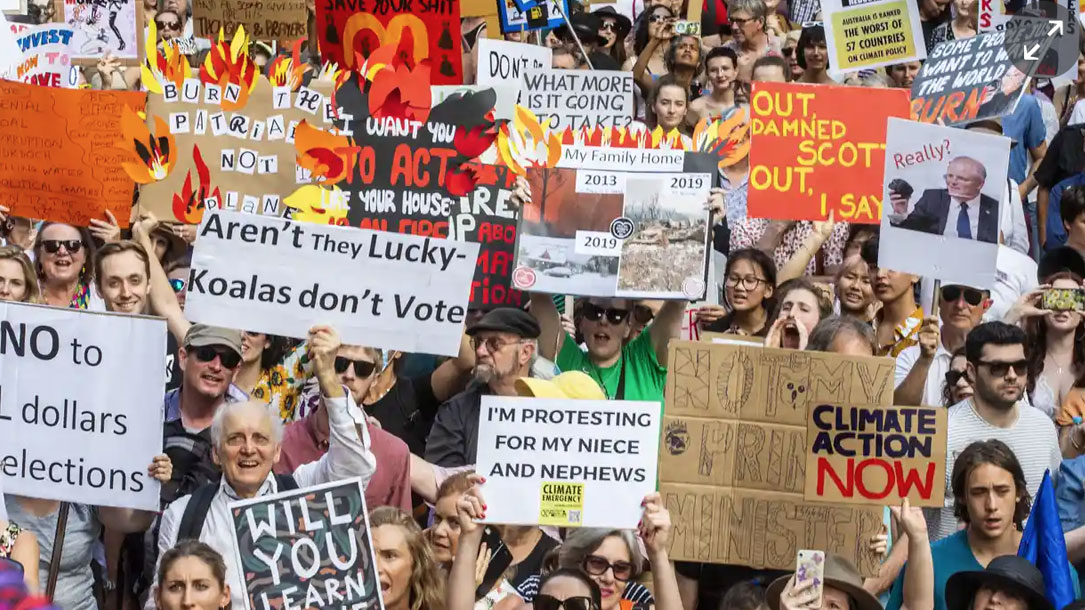
World’s biggest fund manager vows to divest from thermal coal
“BlackRock, the world’s largest fund manager, has announced it will put sustainability at the heart of its investment decisions.
In his annual letter to chief executives, the BlackRock boss, Larry Fink, writes that the climate emergency is altering how investors view the long-term prospects of companies. “Awareness is rapidly changing, and I believe we are on the edge of a fundamental reshaping of finance.”
Fink acknowledges that financial markets have been slower to reflect the threat to economic growth and prosperity posed by the climate crisis than protesters who have taken to the streets, including during the Extinction Rebellion demonstrations…”

Researchers find some forests crucial for climate change mitigation, biodiversity
A study by Oregon State University researchers has identified forests in the western United States that should be preserved for their potential to mitigate climate change through carbon sequestration, as well as to enhance biodiversity.
Those forests are mainly along the Pacific coast and in the Cascade Range, with pockets of them in the northern Rocky Mountains as well. Not logging those forests would be the carbon dioxide equivalent of halting eight years’ worth of fossil fuel burning in the western lower 48, the scientists found, noting that making land stewardship a higher societal priority is crucial for altering climate change trajectory.












